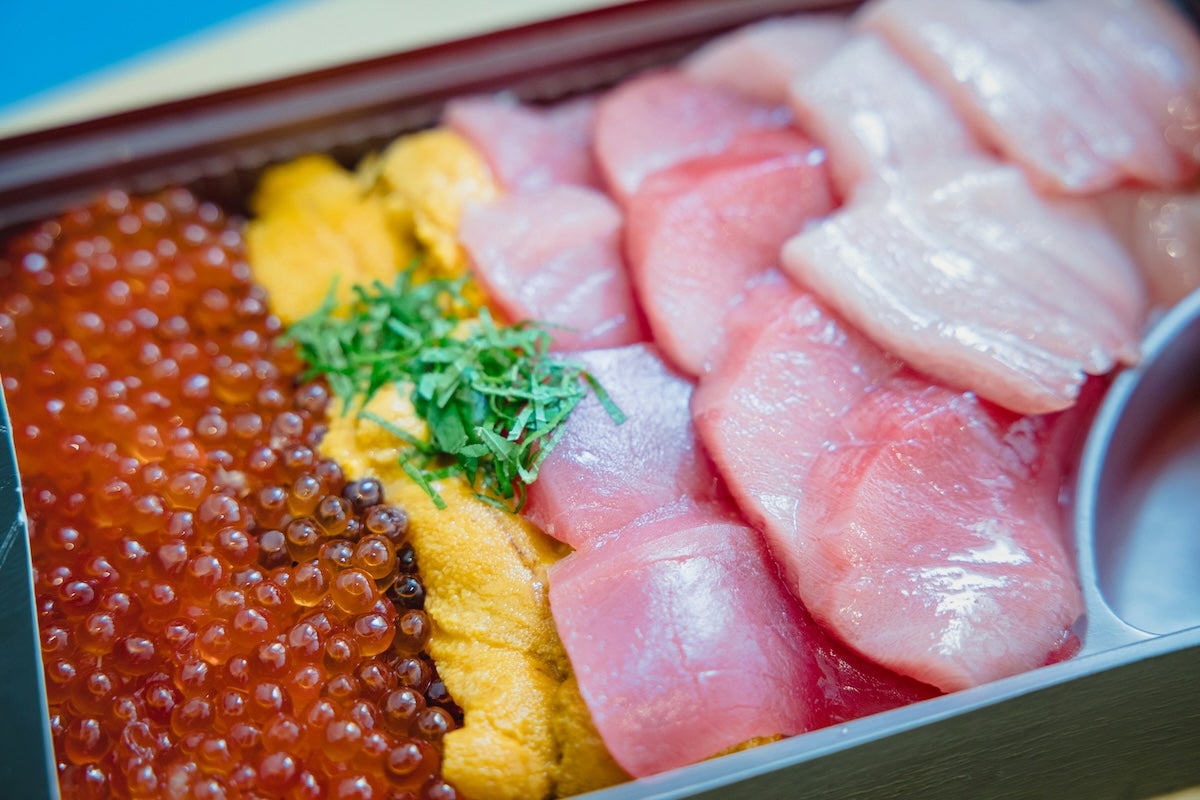
Feeding the world’s growing demand for protein sustainably requires dedication, innovation, and a commitment to move away from traditional animal sources. Thankfully, the teams competing in XPRIZE Feed the Next Billion are doing just that, all across the globe.
For the layperson, though, understanding and differentiating all the technologies used to create alternative proteins can be difficult. With help from Cameron Semper PhD, an expert in cell-based proteins and technical advisor for XPRIZE Feed the Next Billion, we are here to give you a full rundown of the different types of alternative proteins and how they are created.
TYPES OF ALTERNATIVE PROTEINS
Alternative proteins are often designed for taste and improved animal welfare, but with XPRIZE Feed the Next Billion, we are prioritizing the addition of taste and textural feel that is similar to traditional animal proteins in chicken and fish. With these benefits, we can meet the demand for protein while subverting the challenges of traditional animal protein production including access, environmental sustainability, animal welfare, and nutrition.
Alternative protein technology falls into three categories: cell-based, plant-based, and fermentation derived, which includes two sub-categories: biomass fermentation and precision fermentation.
CELL-BASED PROTEINS
Unlike the other types of alternative protein sources, cell-based proteins, also known as cultivated proteins or cultured proteins, start with animal products.
“This technology is used in the lab. You start with animal cells and grow them in a system outside of the animal,” says Semper. “Then those cells are used as the foundation for an alternative meat product.”
While this process starts with an animal, it does not have the same end as traditional animal protein production, ”You can take a biopsy, which is a minimally invasive process, to get these cells, and the animal does not need to die as a result.”
Scientists are able to take these cells and propagate them so that they can reproduce, in many cases, indefinitely. So while those first cells must come from an animal, many companies and researchers creating cell-based alternative protein food products never actually interact with animals. Rather, they interact with cells that have replicated from those first animal cells.
Cell-based alternative proteins are particularly interesting because they have the opportunity to create a product that Semper says could be indistinguishable from traditional meat texture and taste, “We are a long way away from that, it's an incredibly challenging process. But that's the end goal.”
PLANT-BASED PROTEINS
Rather than starting with animal cells, plant-based protein alternatives start with plants. “Usually, plant protein is derived storage, like seeds, and those typically have a protein content around 20%,” says Semper. “We can separate the protein from the starch and other components to get this very protein rich substance.”
While humans have long been getting protein from plants, Semper says the important innovation happening now is in making these proteins taste and feel like those from traditional animal sources, “The creativity really comes in what else they add to it to make it taste, look, smell, and feel like a traditional animal product.”
These innovations can include physical processes like extrusion, finding new plant sources with different flavor profiles, and manipulating the plant proteins themselves.
FERMENTATION DERIVED PROTEINS
Rather than starting with animal or plant products, fermentation proteins begin with microbes or microorganisms.There are two types of fermentation used in protein production: biomass fermentation and precision fermentation.
BIOMASS FERMENTATION
Biomass fermentation relies on microorganisms, like mushrooms and fungal proteins, reproducing themselves as the protein source. “These can convert carbon into biomass relatively efficiently and can be used as the basis of an alternative meat product,” says Semper.
These proteins also have the added benefit of taste, “Fungal protein is often lauded as being a little bit more similar to animal protein in flavor than it is to plant protein,” says Semper. “Creativity comes in terms of what other flavorings they add to make it taste as close to a traditional meat product as possible.”
PRECISION FERMENTATION
Precision fermentation uses microorganisms to make a particular protein, instead of replicating themselves to create protein. “Rather than just focusing on the biomass they actually use genetic engineering and genetic modification to rewire those microbes to produce a high value protein,” says Semper.
Using precision fermentation, companies can engineer microorganisms to provide specific benefits like taste or texture. This is the technology that has been used in recent years to create more realistic meat texture products like burgers and sausages, but the technology has room to grow.
This technology opens the door for more specialized protein-rich foods. “If you consider a certain protein a key ingredient, something that is a really strong driver of the flavor profile, of either a meat, milk, or cheese, precision fermentation could be the right approach to produce that,” says Semper.
THE FUTURE
Regardless of the technology that teams competing in XPRIZE Feed the Next Billion are using to create their alternative protein, they are all committed to replicating the taste and feel of conventional chicken and fish while providing a more environmentally-sustainable path to meeting emerging demand for protein, while advancing food systems, and animal welfare.
With the innovators on our finalist teams, emerging technology, and experts like Cameron Semper, the future of meeting global demand for protein is bright.